Spectroscopic and application research using THz waves
The Terahertz Science Research Group has conducted THz spectroscopic studies in materials science and has developed THz techniques for non-destructive inspection. Our major topics are as follows:
- Development and application of novel THz-wave emitters and detectors
- THz optical and spectroscopic research using broadband THz waves
- Time-domain coherent anti-Stokes Raman scattering (CARS) spectroscopy in the THz region
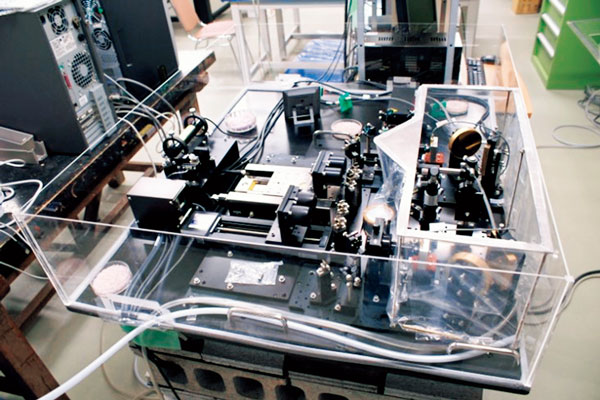
In THz time-domain spectroscopy (THz-TDS), we measure the temporal shape of broadband THz waves with femtosecond time resolution. By transforming the time-domain data to the frequency domain, we obtain THz spectra in the range of 0.1‒5 THz (frequency-domain data). We use femtosecond-pulse lasers and photoconductive switch devices to generate and detect the THz waves.
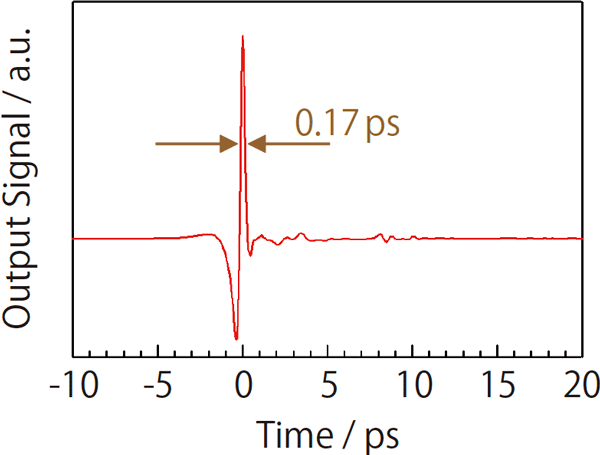
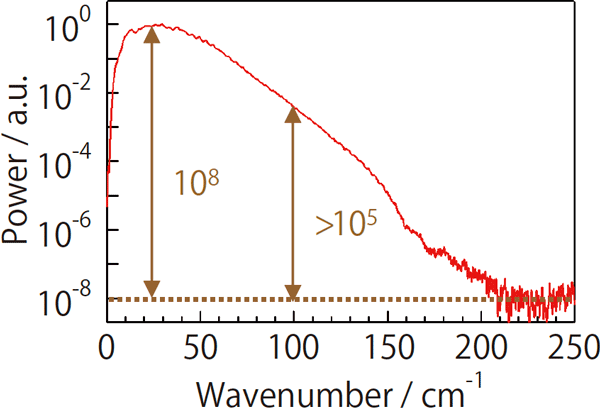
Development and application of novel THz-wave emitters and detectors: detection of THz waves by electro-optic sampling with Cherenkov phase-matching
As a novel THz wave detection method, an electro-optic (EO) sampling method based on a Cherenkov phase-matching scheme was developed. This method allows any optical sampling wavelength to be used, by adjusting the phasematching angle between the THz wave and the sampling beams. We also developed a heterodyne EO sampling method, whereby the intensity modulation of the sampling beam is detected without using any polarization optics.
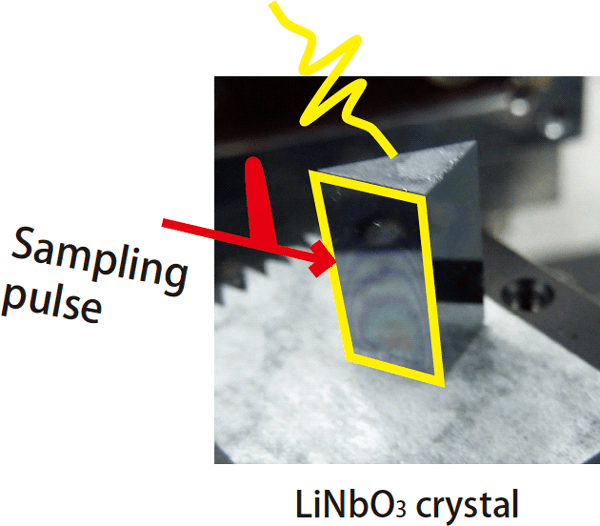
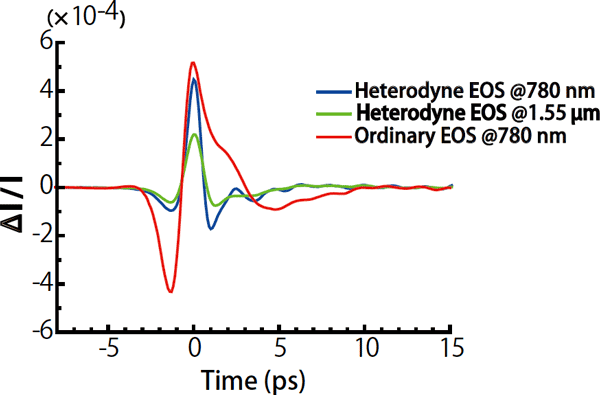
THz optical and spectroscopic research using broadband THz wave: superfocusing of THz wave
It is difficult to focus a freely propagating THz wave into a beam with a submillimeter diameter, owing to the diffraction limit. Focusing a THz wave into a diameter less than 100 μm can be achieved using a metal waveguide comprising two taperedmetal plates. By this “THz superfocusing effect,” THz waves are available for a wide range of applications, e.g., the inspection of a small amount or a very thin sheet of samples. We have been performing fundamental research on THz superfocusing, as well as studies of its applications.
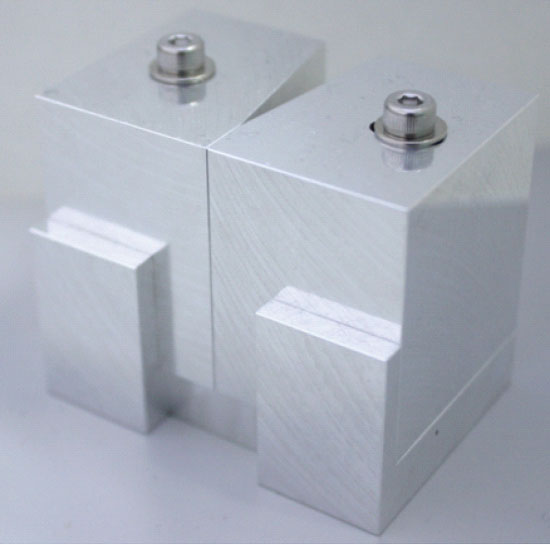
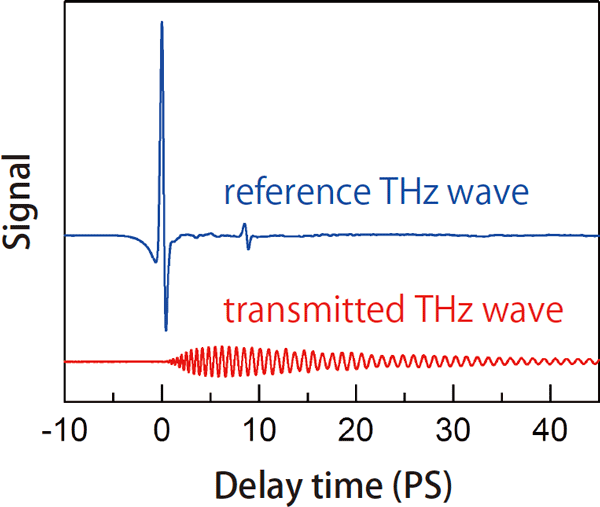
Time-domain coherent anti-Stokes Raman scattering spectroscopy in the THz region
To study the molecular vibrations in the THz frequency region, we are developing coherent anti-Stokes Raman scattering spectroscopy (THz-CARS), in which the CARS signal is detected in the time domain. In this novel CARS spectroscopy, lowfrequency Raman spectra, e.g., at several tens of GHz, can be measured using chirp-controlled optical pulses from a single femtosecond laser as the pump. This eliminates the need for two frequency-stabilized lasers with a THz difference frequency, as is required in conventional CARS spectroscopy.

